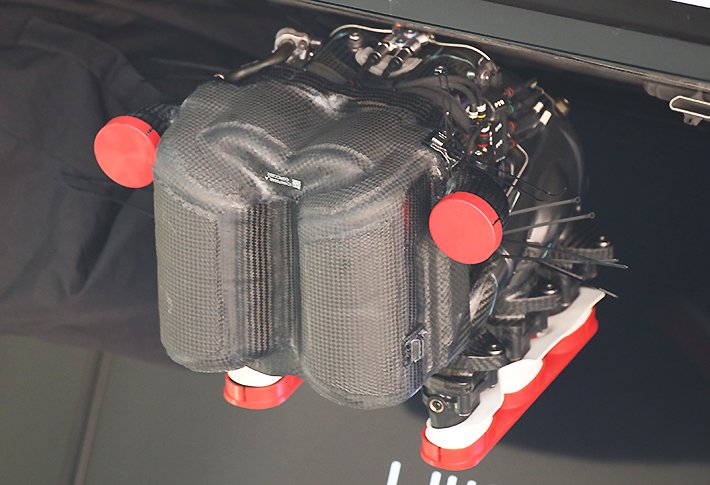saviour stivala wrote: ↑22 Apr 2019, 14:03
gruntguru wrote: ↑22 Apr 2019, 05:53
His interpretations are indeed correct and there is indeed a "can of worms" available for the PU design team to play with. This is the case with any modern hybrid transmission where an Electronic Control Unit makes the final decision on how to mix mechanical and electrical energy to produce the torque level demanded by the accelerator pedal.
How can it be any other way? With accelerator position and the ICE rpm at a given setting, the command torque output might be say 300 Nm. This could be ICE 250 + MGUH 50 = 300 Nm. Under different circumstances the same accelerator/rpm setting might be ICE 300 + MGUH 0 = 300 Nm or ICE 350 + MGUH (-50) = 300 Nm. Without the "can of worms" to play with, the hybrid PU cannot be operated in the way the rules intend.
Implying that a can of worms is indeed available to the PU design team to play with is relegating the rule makers into a very bad light indeed. And in my opinion that is just not right and neither is it fair.
The ECU does not make decisions on how to mix mechanical and electrical energy to produce the torque level demanded by the accelerator pedal. the ECU Executes the mix level of electric and ICE power/torque as per the selected map from on the steering wheel by the driver. And the driver, according to 5.5 “power unit torque demand” = 5.5.1 “the only means by which the driver may control acceleration torque to the driven wheels is via a single foot accelerator pedal”. What does the driver foot accelerator pedal operates if not the ICE throttles? How will the driver be in command and driving the car if his foot demands 50% accelerator pedal travel and the ECU provides 75% or 25% ICE throttles travel?. If that function was allowed by the rules the first thing that will happen is the teams operating launch control and the second after that will be the teams operating traction control to name just two worms.
There are two possibilities here. Either you are not thoroughly reading posts from the people trying to help you or you have an issue which prevents you from understanding.
1. The control system has the ability to make very large adjustments to the PU torque output
WITHOUT MOVING THE THROTTLES. Examples are MGUK braking, fuel reduction, boost reduction (MGUH braking or wastgate opening), cylinder skipping, timing retard.
2. Because of 1. above it is impossible to stop teams implementing traction control by simply mandating a relationship between accelerator pedal position and ICE throttle position.
3. For this reason, the rules specify a relationship between accelerator pedal position and
PU TORQUE OUTPUT. The means by which this relationship is maintained is entirely up to the team.
4. This relationship is how the driver "will be in command". He moves his foot - the torque changes.


